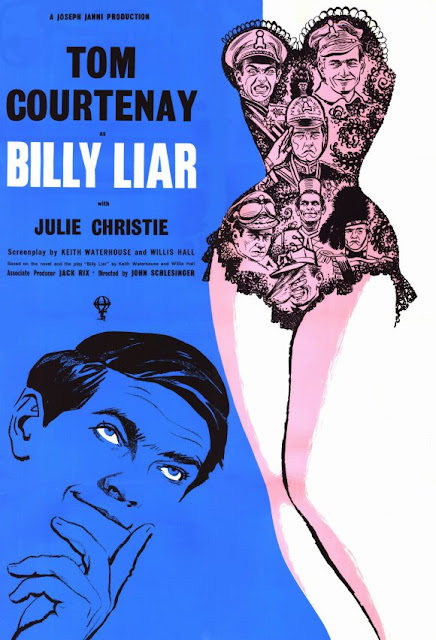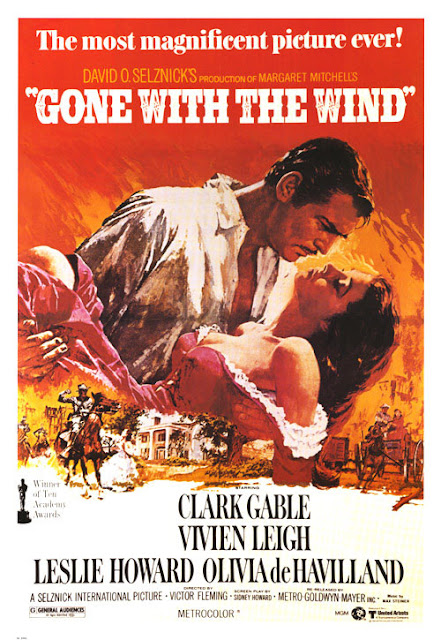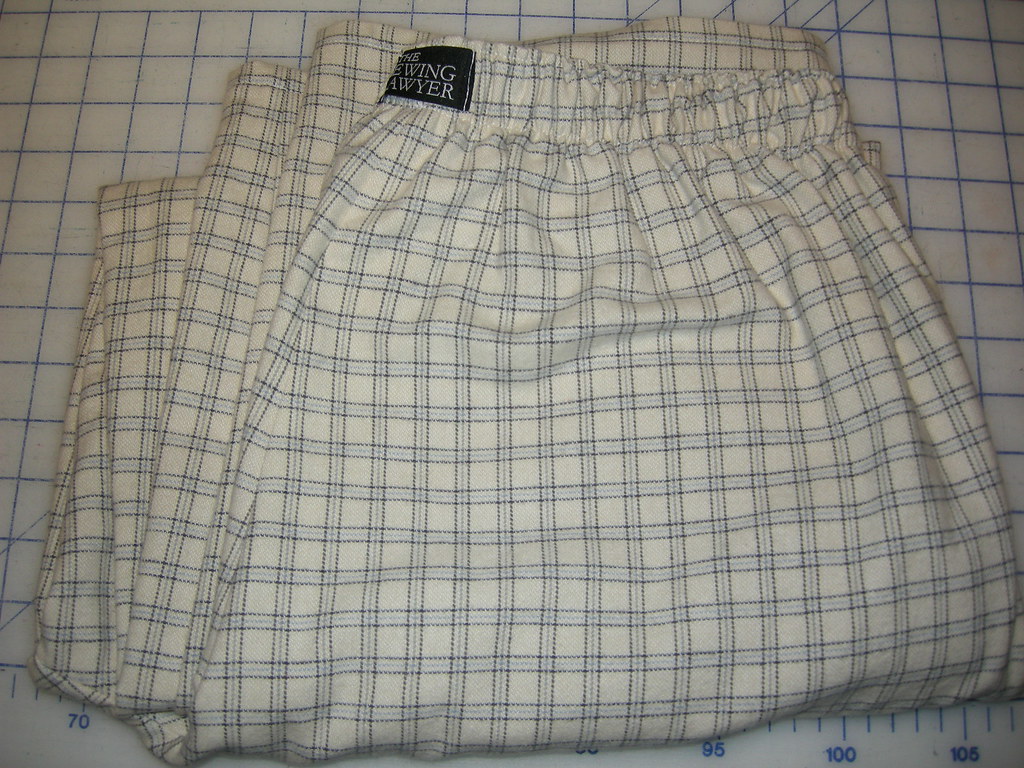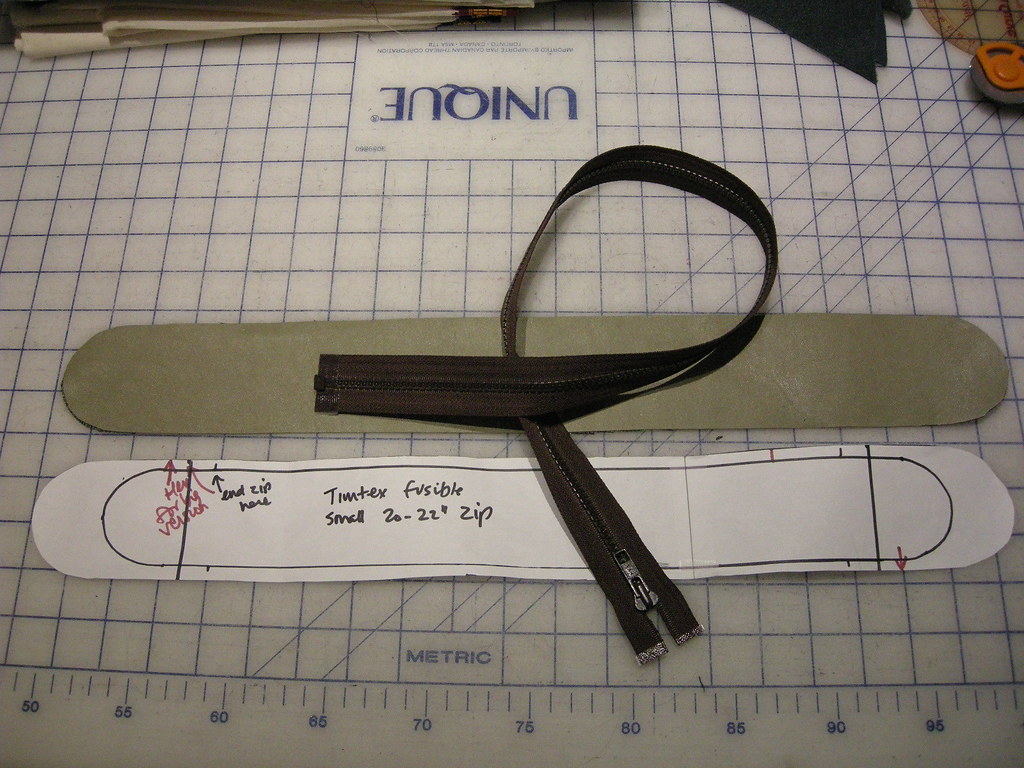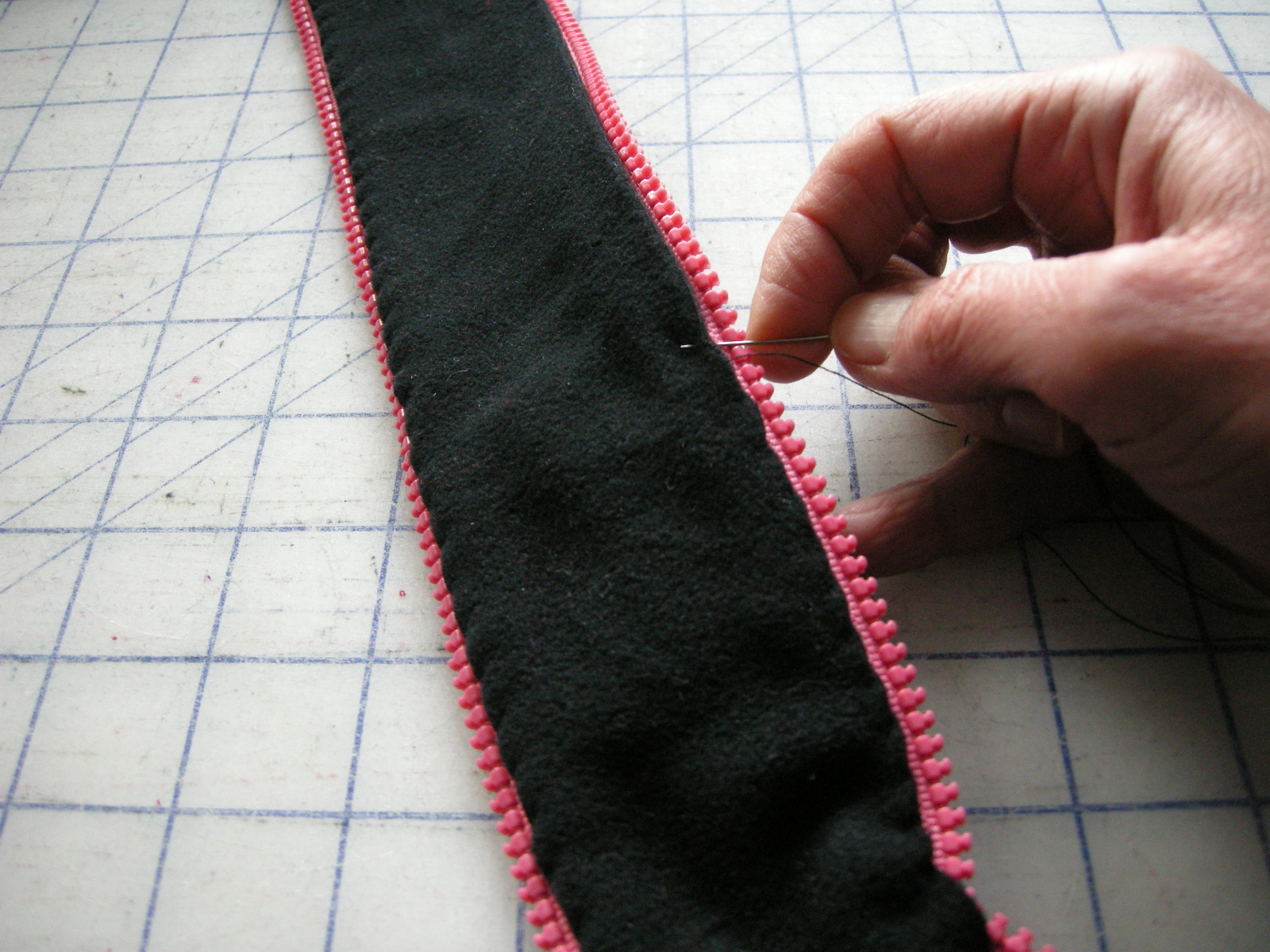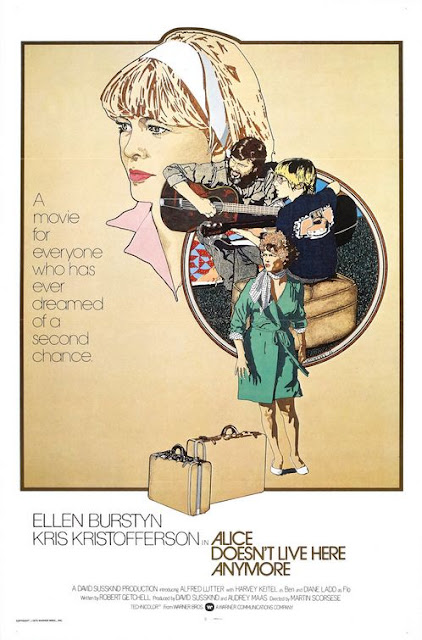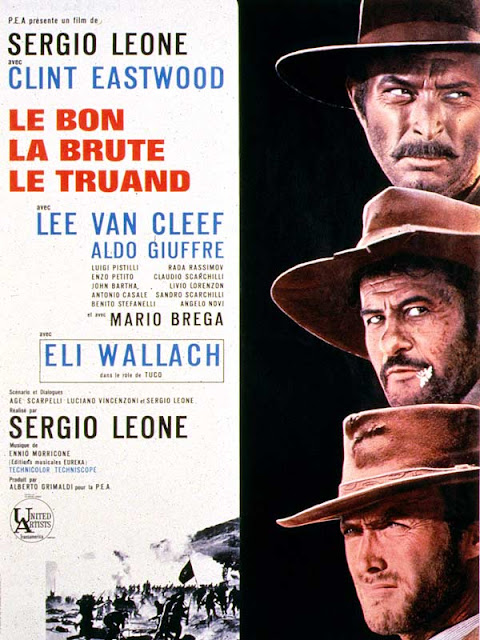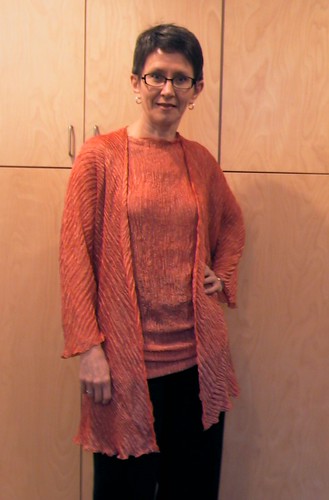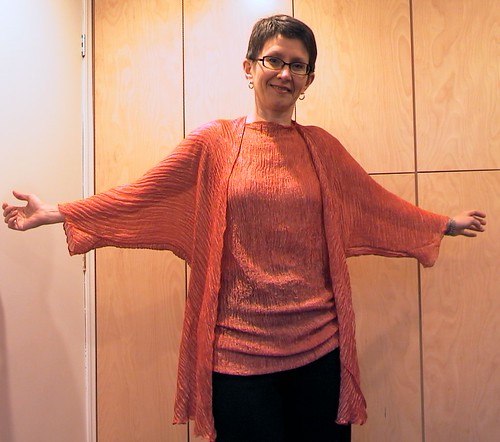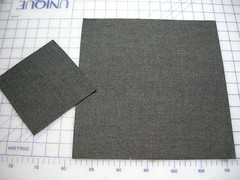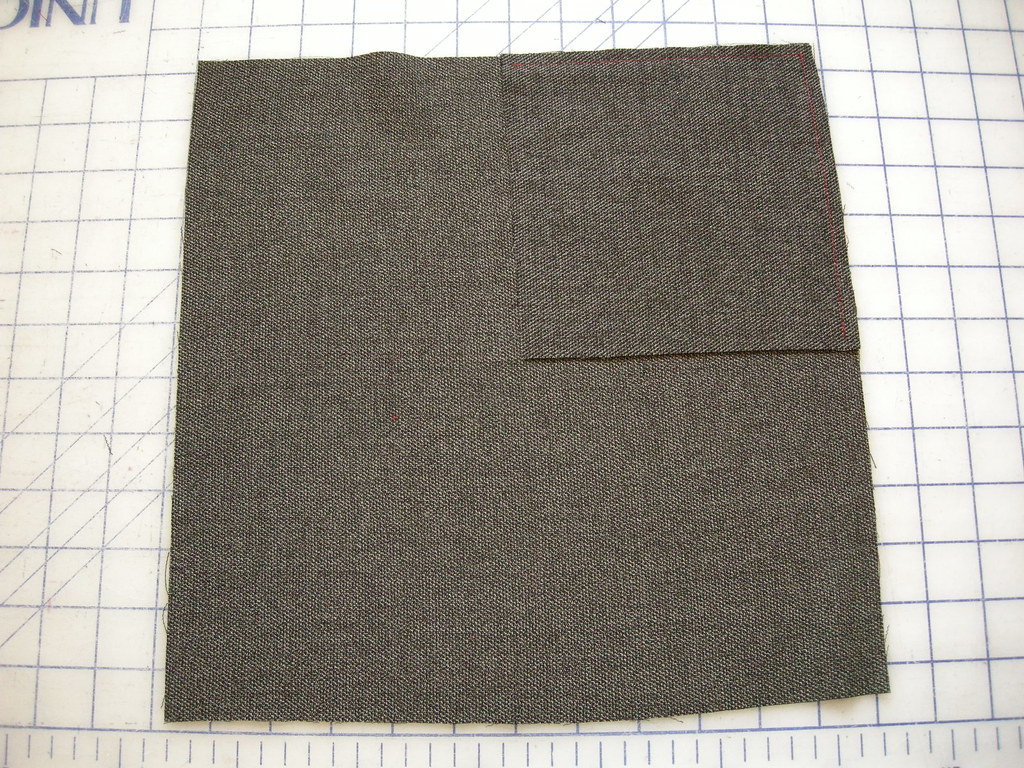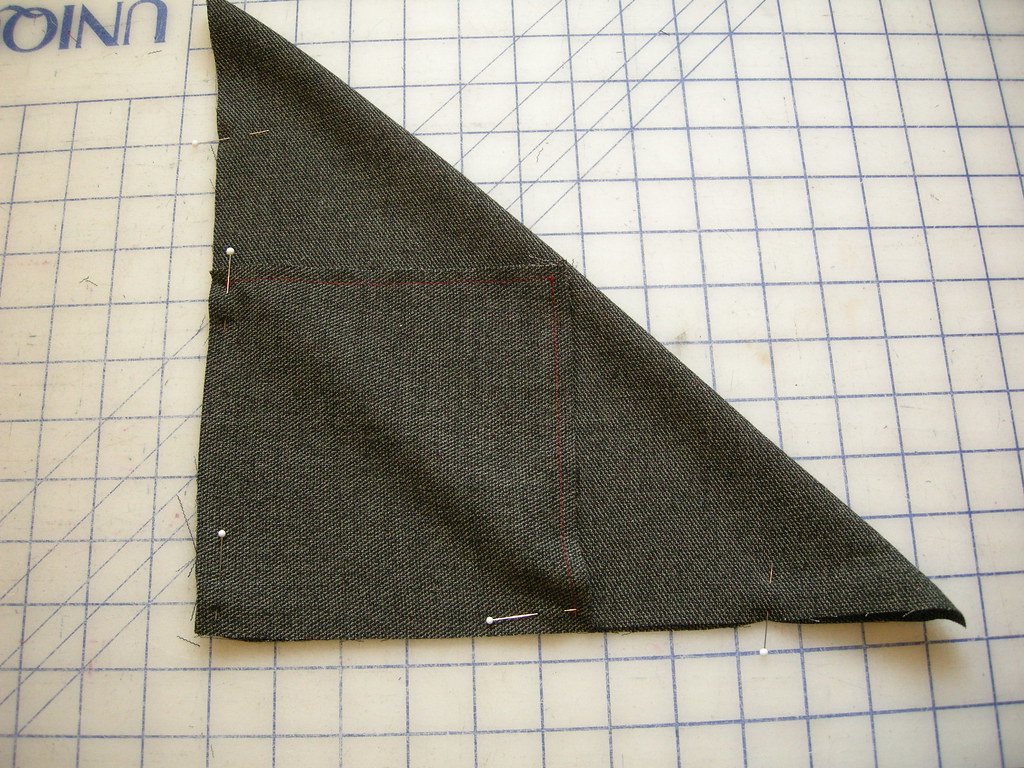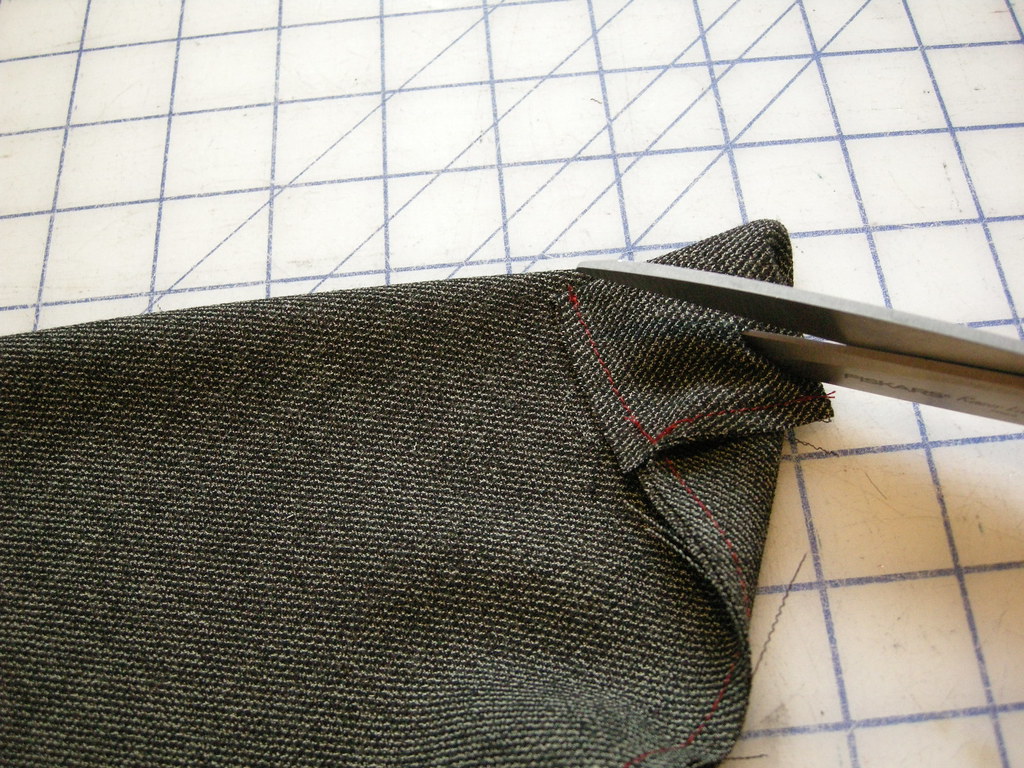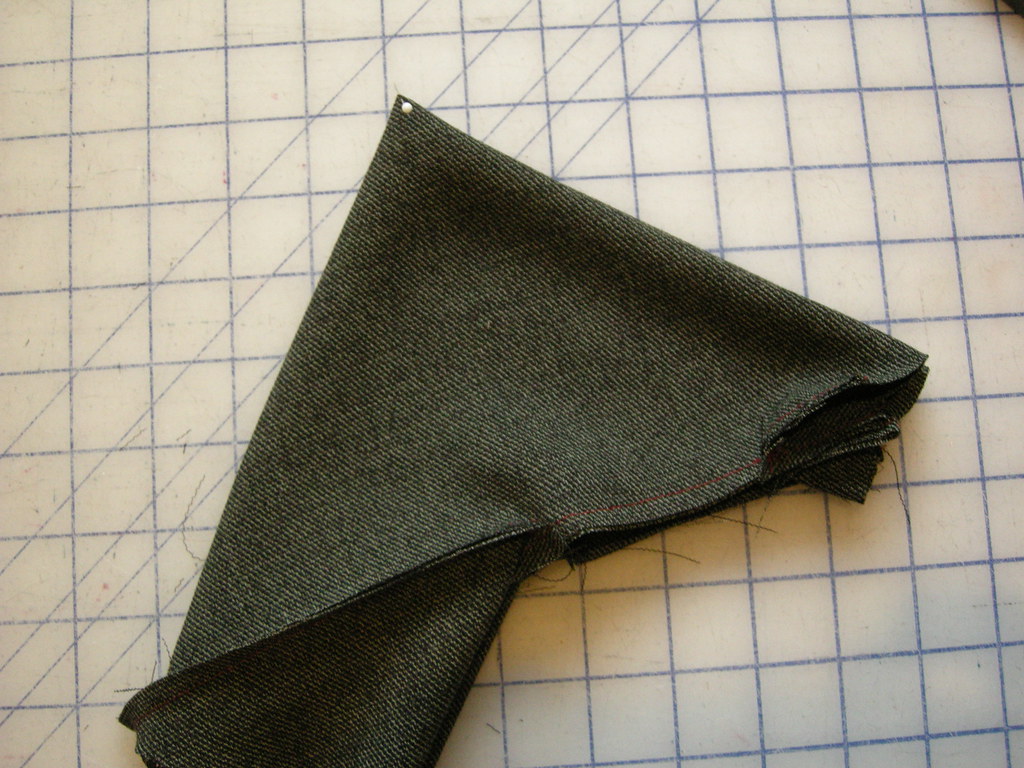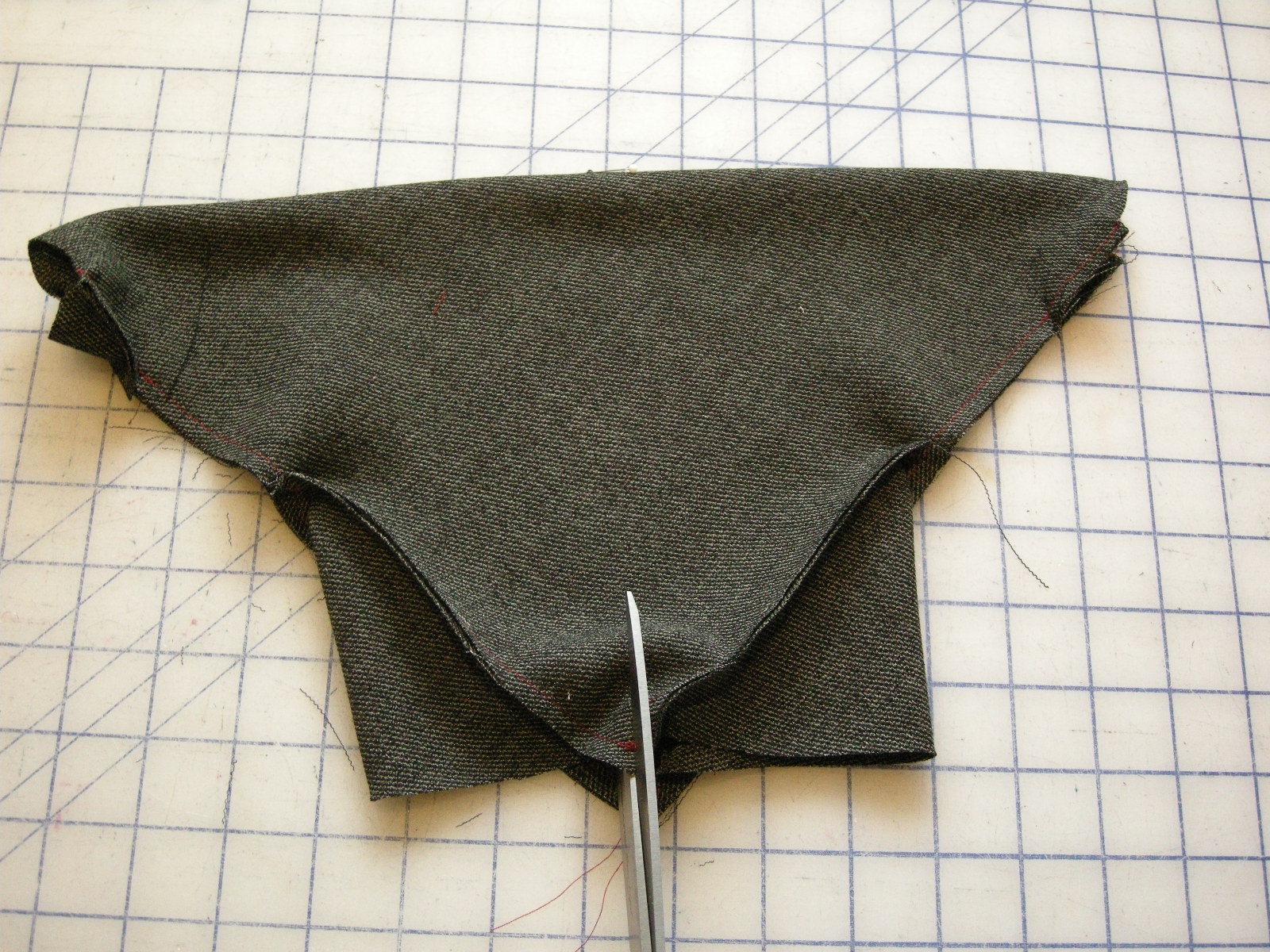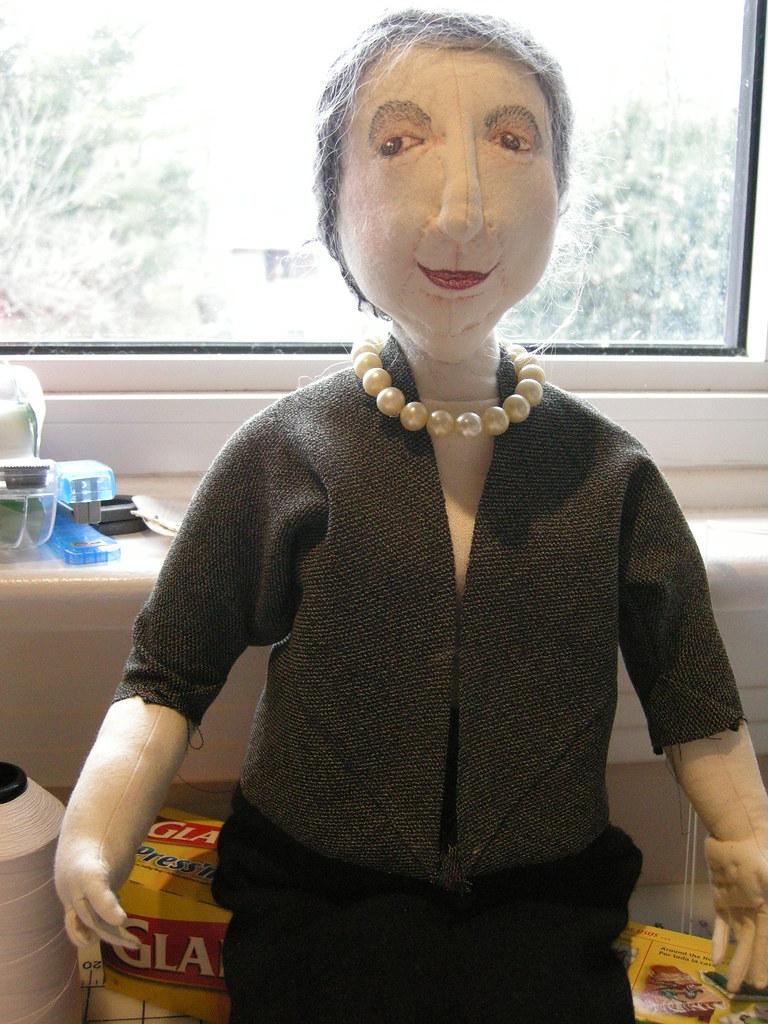Because of the geographical position of Panama, located in the center of the American Continent, with access through land, sea and air, with a tropical year round climate, free of natural disasters. With an open service economy, capable human resources, dollarized economy, the international finance center, world class logistics platform and economic political and social stability, make Panama the ideal site for making businesses in the region.
WHY INVEST IN PANAMA?
Panama is a country with a service vocation, that possesses a privileged geographical location, that has allowed us to become one of the most important logistic centers of the Western Hemisphere for the storing and distribution of world cargo, a bridge for the mobilization of passengers to the entire American Continent and facilitator of efficient and modern communication services. As a commerce promoter, both nationally and internationally, Panama enjoys political, social and economic stability.
Panama has gone from being a bridge to becoming a logistic platform by air, sea and land, with the Panama Canal as main axis, transporting over 300 million of CPSUAB (Container, Bulk, etc.) presently serving more than 14,000 ships through 144 maritime routes and complementing with a system of container terminals in the Pacific and the Caribbean, that serve as cargo transship and redistribution, that recorded an annual movement of containerized cargo of 4.25 million TEU's, added to the inter-oceanic railroad that has a capacity 330,000 containers per year from one coast to anther. Panama also has the Colón Free Zone, the most important one in the Western hemisphere, with an annual trade exchange of over 19 thousand million dollars through its approximately 3,000 companies established in the Colón Free Zone. The development of the Panamá Pacífico Special Economic Area, in the former Howard Air Station, will serve as a space destined to the production of goods and high technology services.
We offer an efficient air service through the Tocumen International Airport, presently undergoing a remodeling process for offering a comfortable and safe atmosphere to all the travelers that visit our country and an expeditious and efficient attention to the transiting passengers, who do not go through customs or migration checks. From the airport the Copa Airline operates its Hub that offers more than 46 destinations to 25 countries in America and excellent connections, some of them with three daily flights to the most important cities of Latin America. In addition we account for with an excellent internal offer of direct flights to the principal cities of the interior of the country.
Panama has become the preferred center for the installation of five submarine optical fiber cables, turning into the ideal place for telecommunication companies and data centers since we have the advantage of offering great connectivity with North and South America, Europe, Asia and the Caribbean, advantages that companies have learned to use effectively, such as MCI, Cable & Wireless and Movistar that offer cellular telephony services and first quality internet to the international market.
Our prestigious International banking Center, with over 93 internationally renowned banks, reflected for the first Quarter of 2010, assets in the order of US$ 65,000 millions.
Our medical and health services are well known internationally and they have the two best private hospitals of the Central American region; equipped with the most recent medical technology, and they are affiliated to world famous hospitals such as the Baptist Hospital in Miami, Florida and the Johns Hopkins Medical Center in Baltimore, Maryland.
Our tropical climate and varied tourist offer sets us among those preferred for the travelers that can find in our country picturesque indigenous and colonial communities, white sand beaches and coral reefs with indescribable beauty, mountains with fresh climates and tropical jungles with an exuberant vegetation, habitat of innumerable flora and fauna species. And with our excellent highway network and short distances the country can be toured in only six hours.
For these reasons, Panama has been chosen by important multinational companies such as Samsung Electronics, Inc., DHL, DELL, Hutchinson Port Holding Group, HSBC, BICSA, SCOTIABANK, Assicurazioni Generali, American Life Insurance Company and many more, as main offices for their regional operations. In addition, some of the most recognized International Organisms such as UNICEF, UNDP, OAS, the Spanish Agency for International Cooperation (AECI, initials in Spanish), and the BLADEX [Latin American Export Bank] among others, have chosen Panama for establishing their operations.
Panama offers goods and services at reasonable prices as compared to its nearest neighbors, with Free Trade Treaties (TLC, for initials in Spanish) with Taiwan, El Salvador, Singapore and Chile. Furthermore, we are going through the final negotiations of a TLC with the United States and Central America and we are preparing our entrance in the G-3.
http://proinvex.mici.gob.pa
WHY INVEST IN PANAMA?
Panama is a country with a service vocation, that possesses a privileged geographical location, that has allowed us to become one of the most important logistic centers of the Western Hemisphere for the storing and distribution of world cargo, a bridge for the mobilization of passengers to the entire American Continent and facilitator of efficient and modern communication services. As a commerce promoter, both nationally and internationally, Panama enjoys political, social and economic stability.
Panama has gone from being a bridge to becoming a logistic platform by air, sea and land, with the Panama Canal as main axis, transporting over 300 million of CPSUAB (Container, Bulk, etc.) presently serving more than 14,000 ships through 144 maritime routes and complementing with a system of container terminals in the Pacific and the Caribbean, that serve as cargo transship and redistribution, that recorded an annual movement of containerized cargo of 4.25 million TEU's, added to the inter-oceanic railroad that has a capacity 330,000 containers per year from one coast to anther. Panama also has the Colón Free Zone, the most important one in the Western hemisphere, with an annual trade exchange of over 19 thousand million dollars through its approximately 3,000 companies established in the Colón Free Zone. The development of the Panamá Pacífico Special Economic Area, in the former Howard Air Station, will serve as a space destined to the production of goods and high technology services.
We offer an efficient air service through the Tocumen International Airport, presently undergoing a remodeling process for offering a comfortable and safe atmosphere to all the travelers that visit our country and an expeditious and efficient attention to the transiting passengers, who do not go through customs or migration checks. From the airport the Copa Airline operates its Hub that offers more than 46 destinations to 25 countries in America and excellent connections, some of them with three daily flights to the most important cities of Latin America. In addition we account for with an excellent internal offer of direct flights to the principal cities of the interior of the country.
Panama has become the preferred center for the installation of five submarine optical fiber cables, turning into the ideal place for telecommunication companies and data centers since we have the advantage of offering great connectivity with North and South America, Europe, Asia and the Caribbean, advantages that companies have learned to use effectively, such as MCI, Cable & Wireless and Movistar that offer cellular telephony services and first quality internet to the international market.
Our prestigious International banking Center, with over 93 internationally renowned banks, reflected for the first Quarter of 2010, assets in the order of US$ 65,000 millions.
Our medical and health services are well known internationally and they have the two best private hospitals of the Central American region; equipped with the most recent medical technology, and they are affiliated to world famous hospitals such as the Baptist Hospital in Miami, Florida and the Johns Hopkins Medical Center in Baltimore, Maryland.
Our tropical climate and varied tourist offer sets us among those preferred for the travelers that can find in our country picturesque indigenous and colonial communities, white sand beaches and coral reefs with indescribable beauty, mountains with fresh climates and tropical jungles with an exuberant vegetation, habitat of innumerable flora and fauna species. And with our excellent highway network and short distances the country can be toured in only six hours.
For these reasons, Panama has been chosen by important multinational companies such as Samsung Electronics, Inc., DHL, DELL, Hutchinson Port Holding Group, HSBC, BICSA, SCOTIABANK, Assicurazioni Generali, American Life Insurance Company and many more, as main offices for their regional operations. In addition, some of the most recognized International Organisms such as UNICEF, UNDP, OAS, the Spanish Agency for International Cooperation (AECI, initials in Spanish), and the BLADEX [Latin American Export Bank] among others, have chosen Panama for establishing their operations.
Panama offers goods and services at reasonable prices as compared to its nearest neighbors, with Free Trade Treaties (TLC, for initials in Spanish) with Taiwan, El Salvador, Singapore and Chile. Furthermore, we are going through the final negotiations of a TLC with the United States and Central America and we are preparing our entrance in the G-3.
http://proinvex.mici.gob.pa



